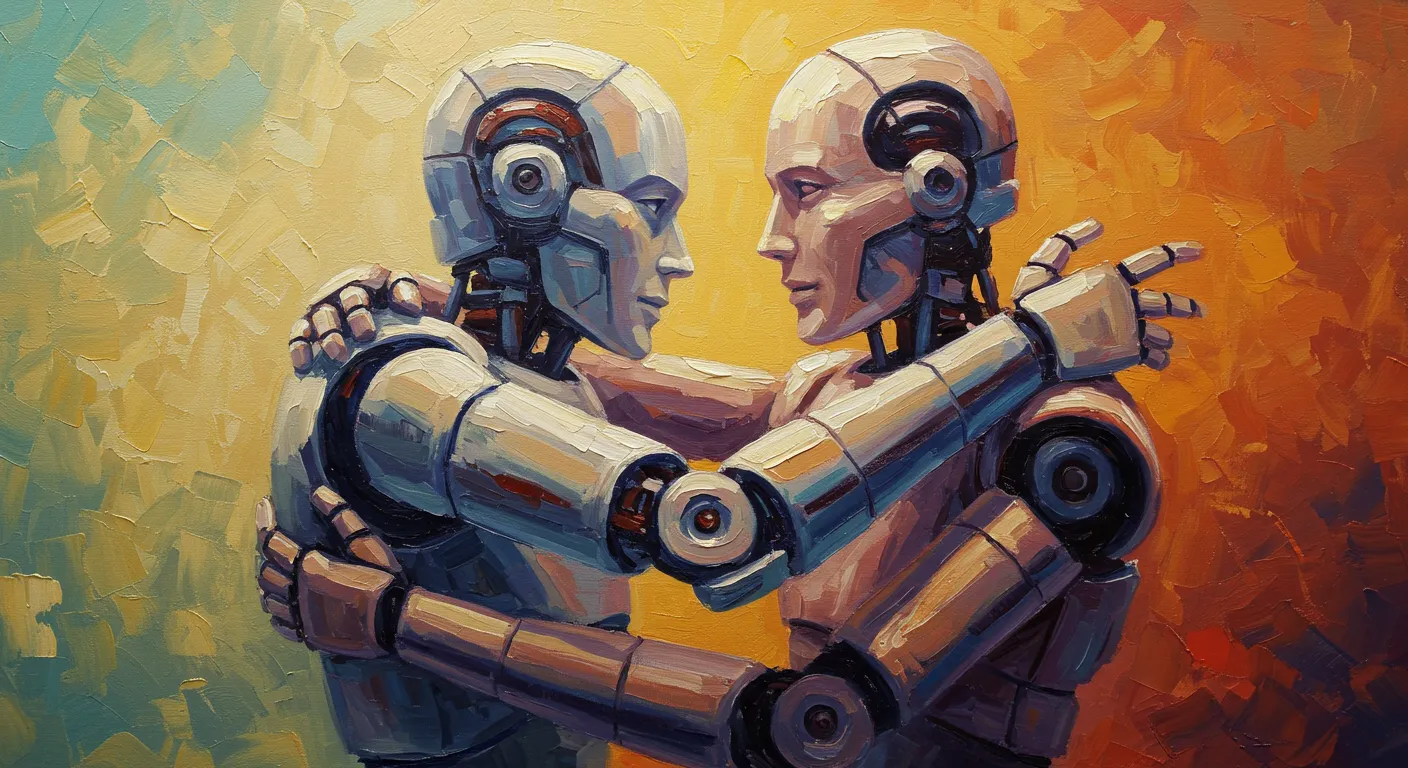In the intricate world of robotics, dexterity remains a formidable challenge that goes far beyond simple mechanical movement. Online commentators have been dissecting the nuanced obstacles that prevent robots from mimicking the seemingly effortless manipulations humans perform daily.
The core of the problem lies in the complexity of physical interaction. Modeling contact between objects involves intricate calculations of static and dynamic friction, with simulation results highly sensitive to minute tuning parameters. As one online discussant noted, even domain randomization—a technique of training across multiple simulated scenarios—only partially addresses these challenges.
Beyond pure physics, robots struggle with the pre-knowledge humans intuitively gather about objects. Before manipulation, humans subconsciously assess an item's weight, rigidity, surface texture, and potential interactions. Current robotic systems lack this instantaneous environmental assessment, making fluid interaction incredibly difficult.
Hardware limitations also play a crucial role. Human hands, with their flexible, pressure-sensitive fingertips and strategically evolved nails, provide a complex sensory feedback system that robotic appendages have yet to replicate. The intricate inverse kinematic chain from a robot's touch point to its base introduces exponential complexity with each additional axis of movement.
Training data presents another significant hurdle. While language models are trained on trillions of tokens, robotic training remains comparatively nascent—with current systems operating on thousands of hours of data rather than the vast real-world experience that drives human dexterity.


